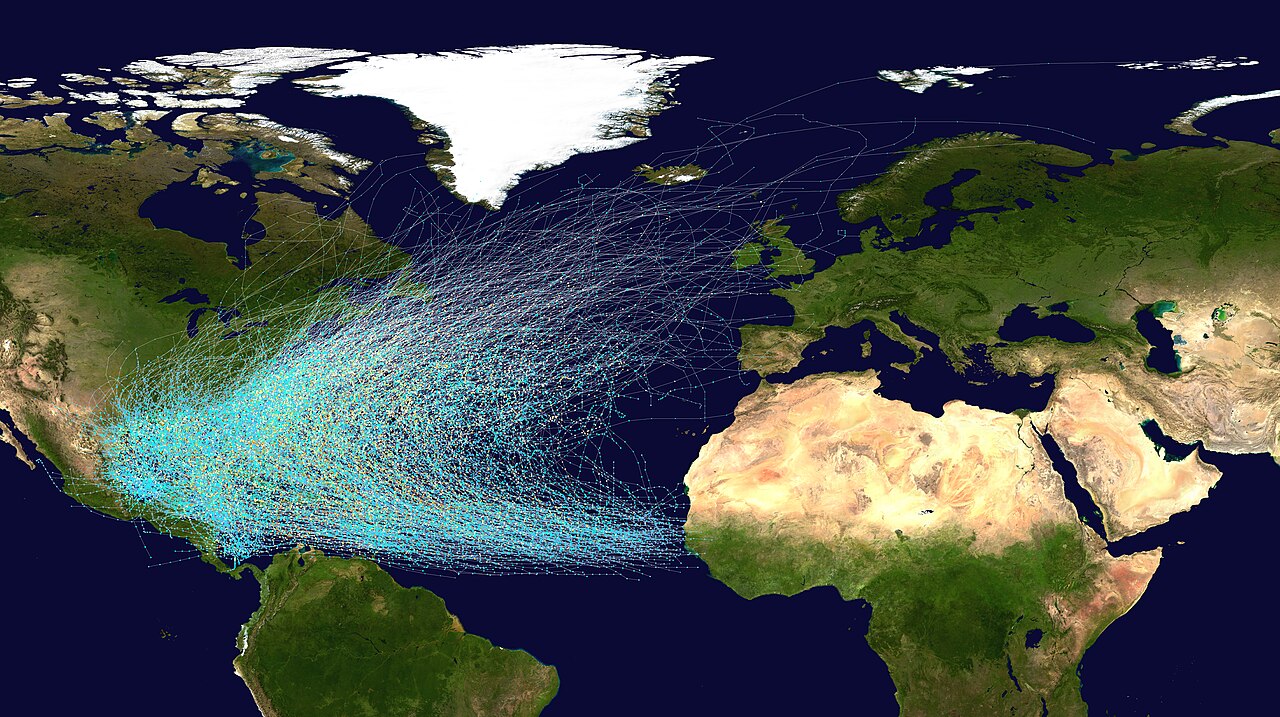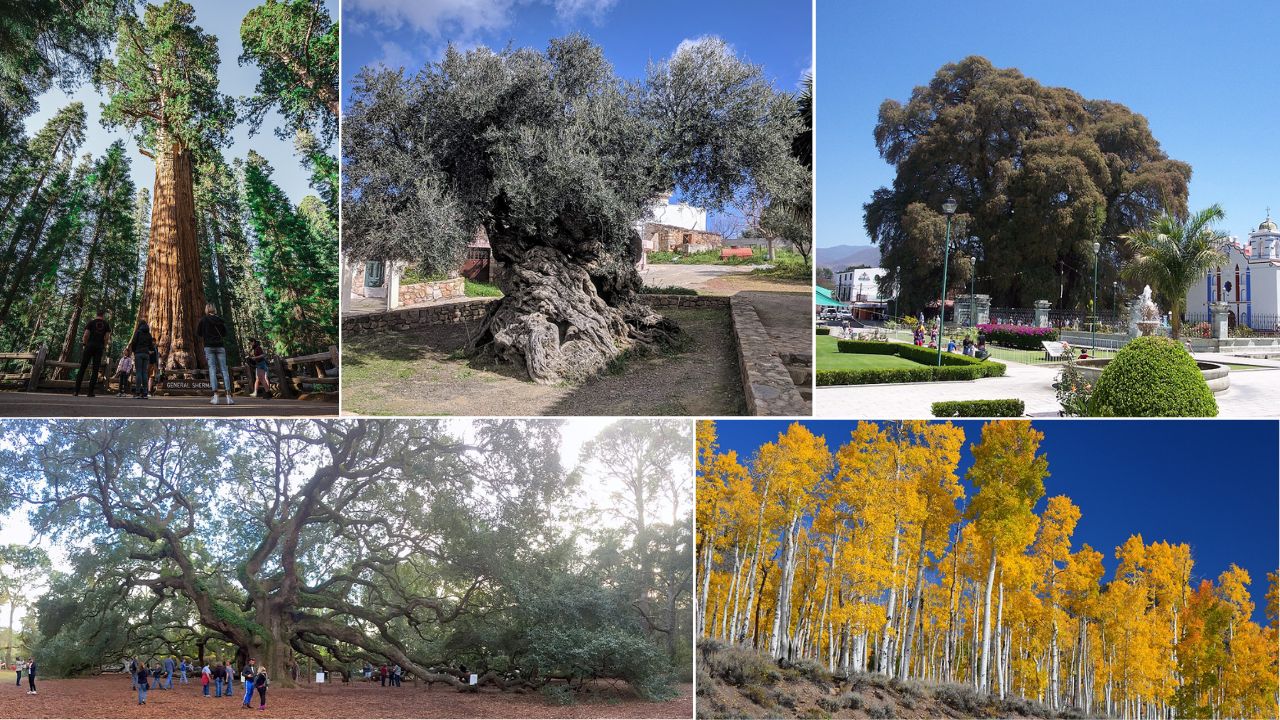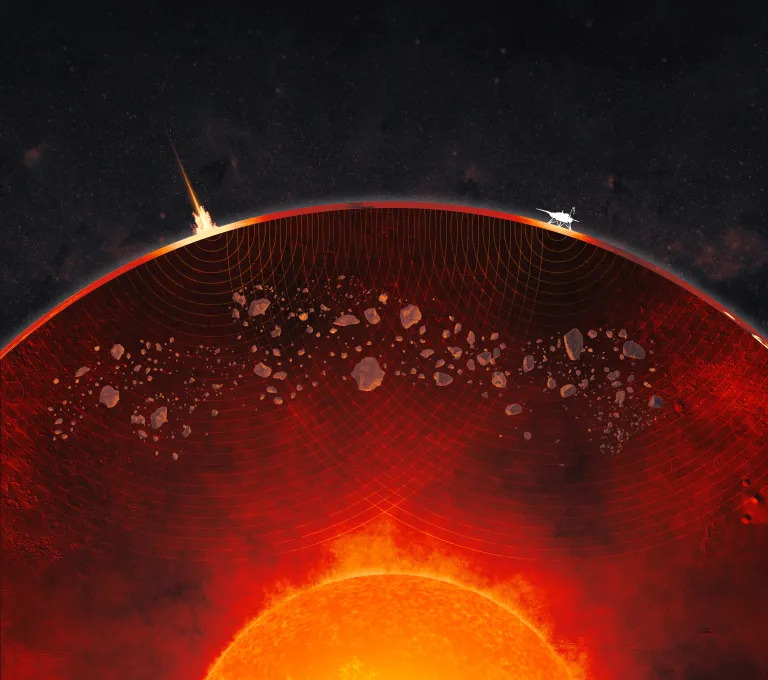The Bermuda Triangle has always thrived on suggestion. Draw a loose triangle from Florida to Bermuda to Puerto Rico and people start seeing patterns in every storm report and radio silence. Tales of ships and planes vanishing feed on the open ocean’s drama. The legend writes itself.
Here’s the thing. When researchers pin down the facts, the triangle looks ordinary in the ways that matter. Traffic is heavy. Weather turns fast. Pilots and captains make mistakes like humans everywhere. The mystery lives mostly in how we tell the story, not in what the sea is doing.
Where The Legend Lives
The region sits astride one of Earth’s busiest corridors. Cargo ships and cruise liners funnel between the Caribbean and the Atlantic. Small aircraft hop coastal routes and island chains. With that many vessels and flights, incidents accumulate and folklore follows. Frequency is not the same as special danger.
Even the borders shift depending on who draws the map. That fuzziness helps myths grow. If the perimeter moves, so does the list of “triangle” events. It’s a definition that expands to fit almost any narrative people want to prove.
What People Think Disappears Here
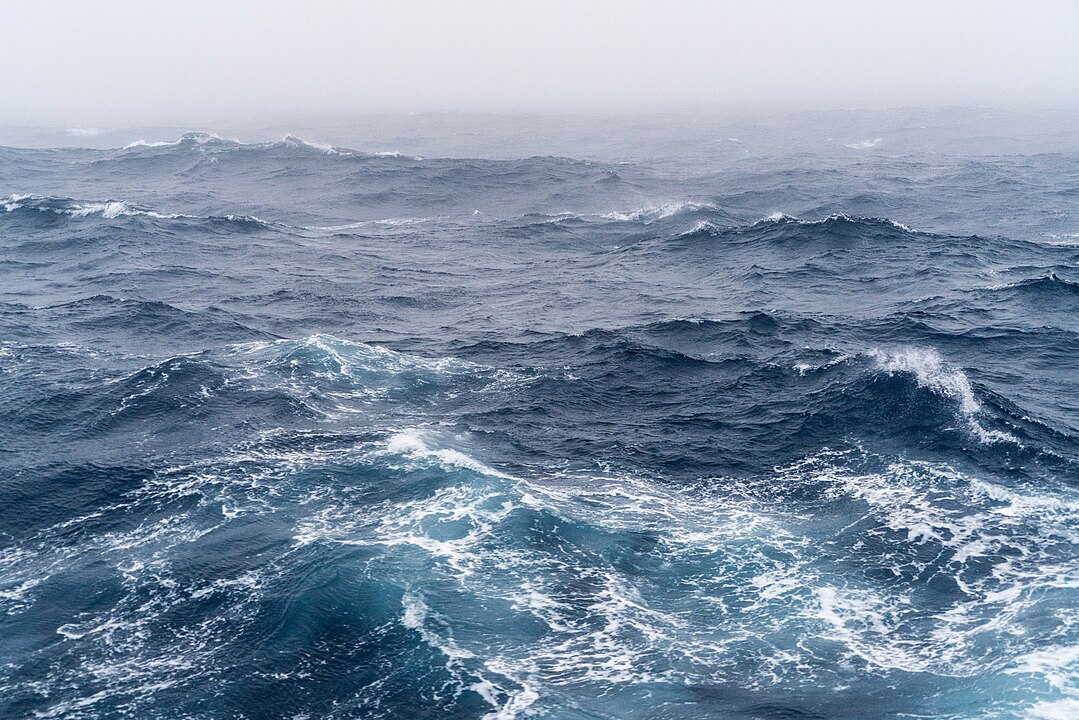
Popular retellings often claim more than fifty ships and twenty planes lost. Those numbers sound dramatic in a headline and are repeated without context. They rarely account for weather logs, maintenance records, or traffic volume.
Some outlets push an annual tally of vanishing craft. That framing treats a global ocean like a haunted room. It also ignores that many incidents have clear explanations in after-action reports and insurer files.
Conspiracy theories fill the gaps. Aliens and Atlantis make for entertaining TV. They do not survive contact with navigation charts or storm archives.
The legend survives because it flatters our taste for the uncanny. The real ocean asks for seamanship, not superstition.
The Busiest Sea Is Not The Deadliest
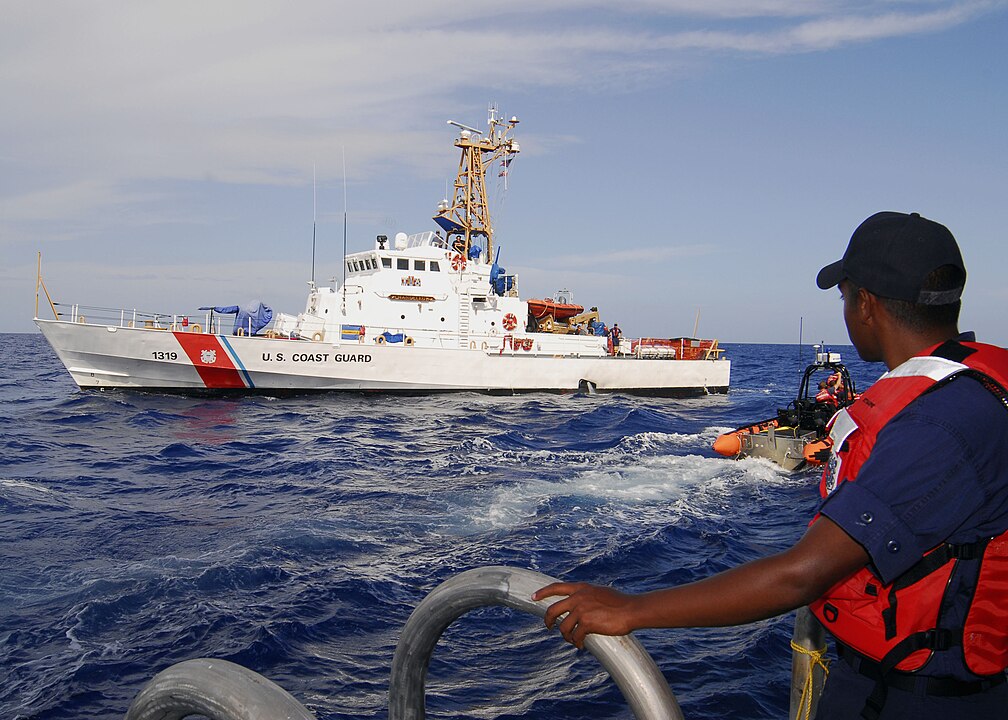
Insurers and coast guards measure risk in rates, not headlines. On a percentage basis, disappearances in this corridor track with other crowded lanes. A place with more flights and sailings will record more events in absolute terms. That is arithmetic, not enchantment.
Experts who work with loss data have said as much for years. The triangle’s reputation grows from attention, not an abnormal hazard curve. When traffic rises, incidents rise. The rate stays ordinary.
Rogue Waves: The Tempting Physics
There is a scientific wrinkle that captures imaginations. Under certain storm alignments, rogue waves can form. These spikes, created by constructive interference and shifting winds, can reach astonishing heights.
Documentaries have proposed that the triangle’s geography and weather patterns make these giants more likely. It is a compelling idea because it sounds both exotic and plausible.
Rogue waves are real. Mariners have recorded and modeled them. They can overwhelm ships not built or positioned to meet them.
They are also not exclusive to this stretch of ocean. Similar conditions exist in other basins, which is why naval architects design hulls for a global sea, not a single square on the map.
Flight 19: The Case That Cemented A Myth

Flight 19 remains the story people cite first. Five Navy Avenger torpedo bombers left Fort Lauderdale in December 1945 for a routine training run. Weather deteriorated. Compass readings disagreed. Radio traffic captured growing confusion and fatigue.
Investigators later pointed to disorientation and poor conditions. The lead pilot misjudged position, likely turning the group over deep Atlantic water. A search plane also went down that night, probably due to its own mechanical and weather troubles. Tragedy, not magic, links the events.
Human Error And Weather Beat The Supernatural
An Australian science communicator popularized a plain explanation years ago. The triangle’s incident count reflects human error, sudden storms, and dense traffic. Those factors are common near the equator and along wealthier coasts where routes converge.
The U.S. Coast Guard and insurers echo the same view. They see no elevated risk once you adjust for volume. In other words, the triangle is busy, not bewitched.
Why These Stories Endure
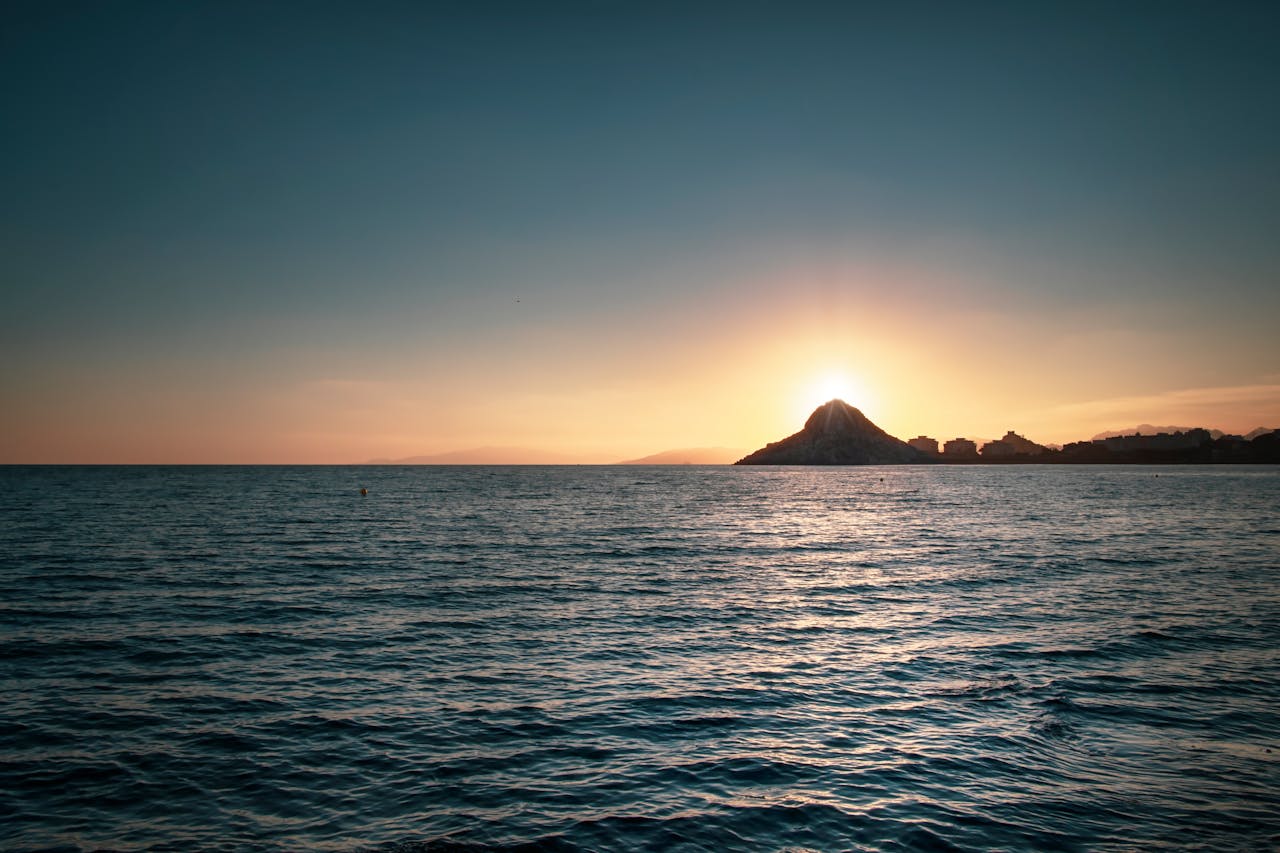
Mystery is sticky. The brain remembers a vanishing act longer than a resolved mishap. We share stories that feel like warnings, then retell them with details sharpened by time. A compass glitch becomes sabotage. A squall becomes an omen.
Media cycles amplify the arc. A missing boat draws cameras. A routine post-incident report rarely does. The feedback loop rewards the thrilling version and ignores the ordinary fix. That imbalance keeps the legend young.
What Science Still Watches
Oceanographers keep studying wave dynamics, current interactions, and storm structures here and everywhere else. Better models help captains make safer calls and help designers build more resilient hulls. The work is practical and ongoing.
What this really means is that science treats the triangle as one more complex patch of sea. The mysteries worth chasing are physical, not paranormal. And the best defense remains the same as always: training, maintenance, and respect for weather.
Sources
- U.S. Coast Guard — Bermuda Triangle information
- Lloyd’s of London — Maritime risk insights
- Encyclopaedia Britannica — Bermuda Triangle entry
- University of Southampton — Ocean and Earth Science
- HuffPost — Reporting on rogue waves and extreme seas
- Naval History and Heritage Command — Flight 19 resources
- The Week — Background on disappearance claims
- Channel 5 — The Bermuda Triangle Enigma
